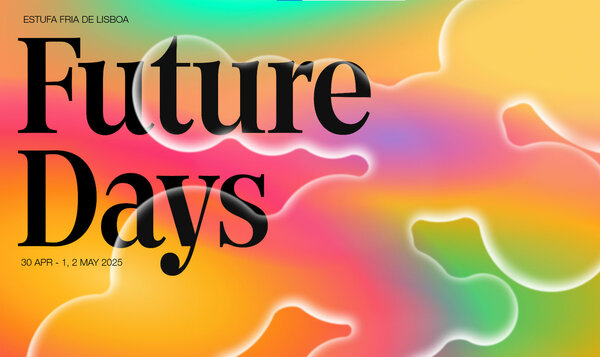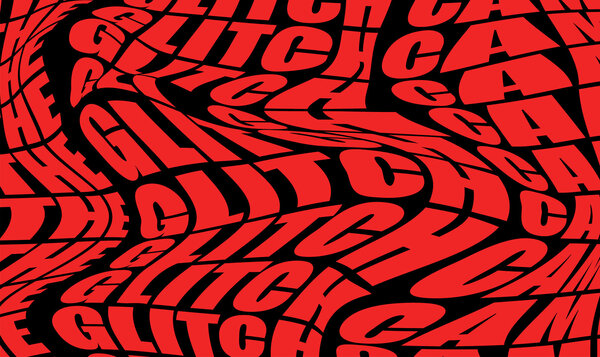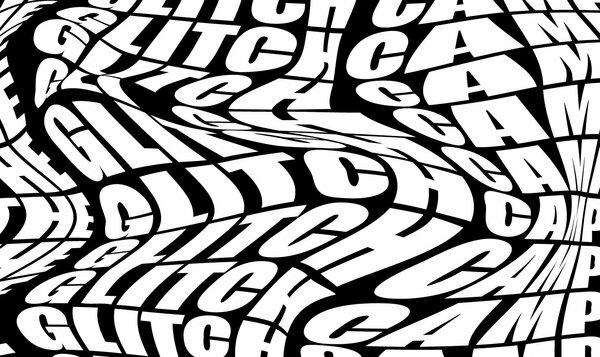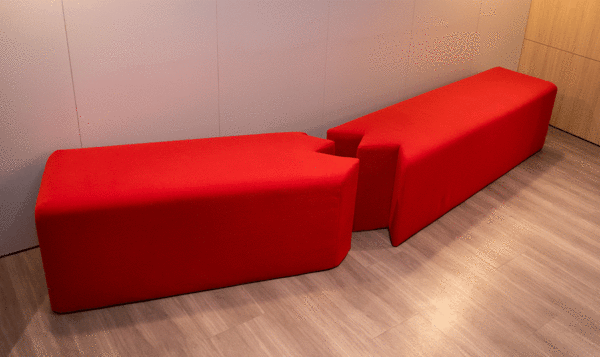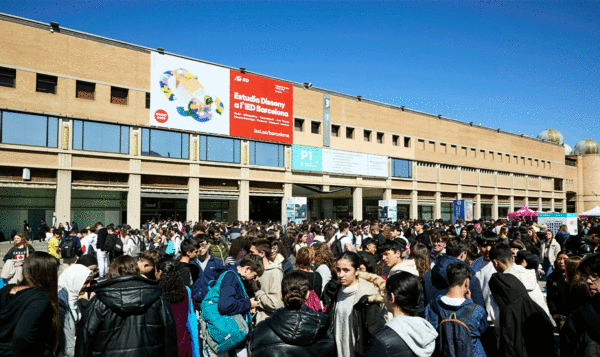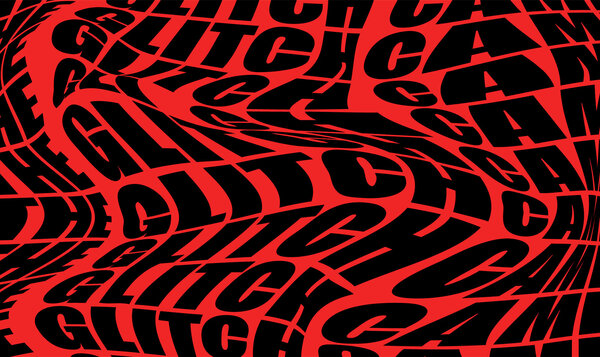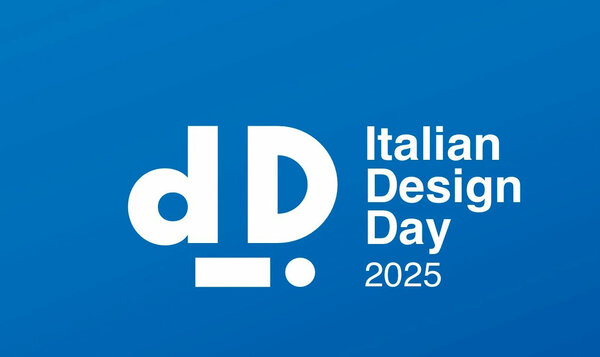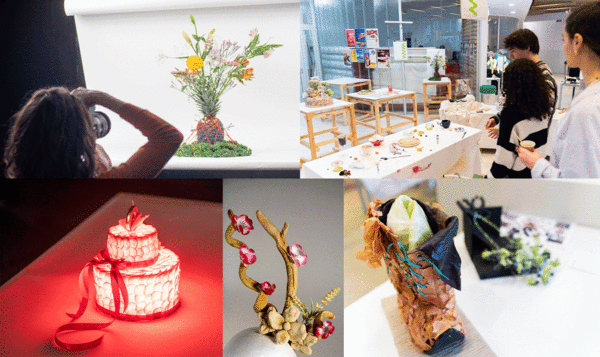How many times, while strolling through the aisles of a shop, have we been drawn to innovative or appealing packaging and changed our minds about the product we were going to buy?
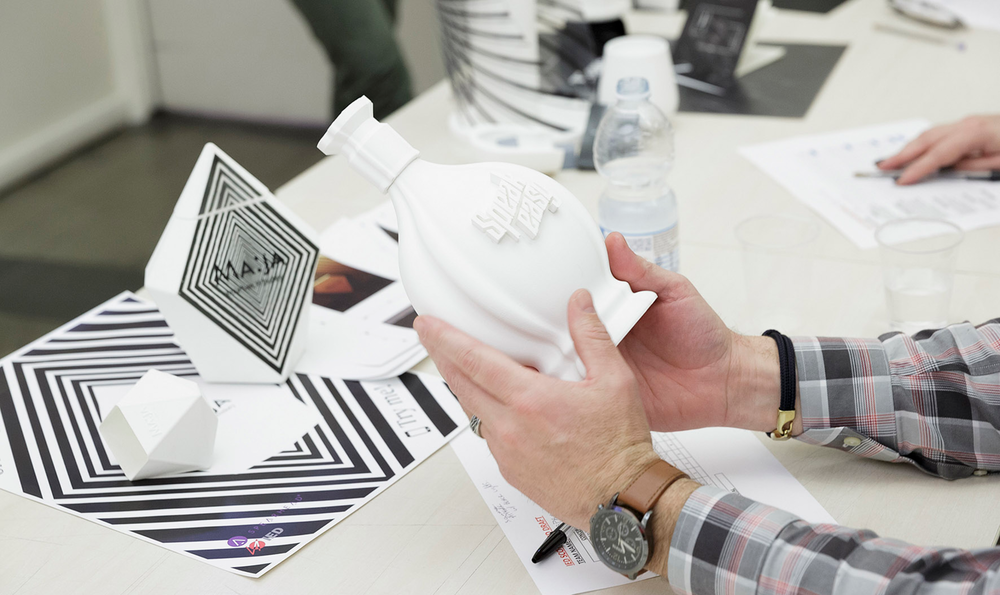
Practical guide to packaging design: trends and sustainability
Date
04 November 2024
This is the power of packaging design, a discipline capable of influencing our purchasing decisions in seconds by communicating the essence of a product through shapes, materials and colours.
The role of packaging in the success of a product
Packaging is more than just a protective wrapping—it is a powerful marketing tool that can make the difference between a brand’s success and failure. Functional packaging can make a product stand out from the competition, capturing consumers’ attention in a market increasingly saturated with options.
Through carefully considered details, packaging communicates the value and identity of the brand, and, when thooughtfully conceived, creates an emotional connection with the consumer. Studies show that many purchasing decisions are made based on what is seen on the shelf. For example, attractive packaging can trigger impulse buying, while designs that clearly communicates the product's benefits can justify a higher price.
The primary objective is sales, and packaging, in both digital and physical contexts, acts as an extremely effective “silent salesman”.
Current trends in packaging design
The packaging design industry is continuously evolving, influenced by social, technological and environmental changes. This dynamic reflects the need to adapt quickly to the ever-changing and demanding expectations of consumers.
Minimalist designs and clean aesthetics now dominate the industry, playing a crucial role in purchasing decisions. Simplicity in design not only appeals visually but also makes product information clearer and easier to understand, addressing the public’s demand for transparency and immediacy.
New technologies are also helping to revolutionise the sector. For example, 3D packaging design, allows the creation of virtual prototypes, reducing development time and costs and enabling more experimentation. Similarly, vector packaging design offers flexibility by easily adapting designs to various sizes and formats, optimising production and customisation processes.
In this landscape of emerging trends, sustainability has become a pivotal element in the creation of cutting-edge, modern packaging.
Sustainability in packaging design
Sustainability in packaging design is no longer optional; it is essential. The use of environmentally friendly and recyclable materials is now standard practice, driven by growing environmental awareness among consumers and stricter regulations. Sustainable practices adopted by companies include the use of vegetable-based inks, the reduction of unnecessary packaging and the implementation of refill systems that reduce environmental impact and lower costs in the long-term.
Innovative sustainable packaging projects are emerging all over the world, demonstrating the possibility of combining environmental responsibility and attractive design. IED also aims to train professionals in this field, offering courses like Sustainable Fashion and Sustainable Design. These programmes address the integration of sustainability in various sectors, including packaging design, preparing students to address environmental challenges with innovative solutions.
Innovation in this field extends beyond materials, including production techniques and disposal processes to achieve a holistic approach to sustainability. The aim is to reduce environmental impact at all stages of the product life cycle, promoting a circular economy in the packaging sector.
Packaging design in the food industry
Food packaging design faces a unique challenge, balancing functional and communicative needs. On the one hand, it must ensure optimal product protection and preservation, ensuring that it is practical in terms of use, storage and disposal. On the other, it must act as a powerful marketing tool, capturing the consumer's attention on the shelf and effectively conveying perceptions of freshness, quality and food safety.
As a result, the evolution in food packaging design manifests itself through solutions that improve the user experience, optimise product preservation and facilitate the communication of information. Some of the most common examples of how to make packaging functional include:
- Paper packaging for pasta and rice, made from recyclable and biodegradable materials that offer a viable alternative to traditional plastic packaging.
- Fruit and vegetable packaging made from vegetable fibres that naturally biodegrade and can be composted, significantly reducing plastic waste.
- Beverage bottles made from 100% recycled plastic or alternative materials such as lightweight glass that maintain functionality while reducing environmental impact.
- Edible packaging for small portions of condiments or snacks, made from natural materials such as algae or potato starch that eliminate the need for disposal.
The integration of practical, visually appealing, and environmentally friendly solutions often becomes a decisive factor in purchasing decisions, positively influencing perceptions of the product and encouraging brand loyalty through a commitment to sustainable innovation.
Training and career in packaging design
Packaging design is a field that offers exciting career paths for those with a passion for creativity and innovation.
Education in this field typically begins with a degree in design or visual arts, followed by specialisation through a Master’s course in packaging design and product aesthetics. These training courses aim to combine theory and practice, immersing students in the heart of the subject. The aim is to develop skills ranging from manipulating shapes and materials to understanding consumer needs, translating marketing concepts into designs that deliver an impact.
Career opportunities in this field are diverse and growing. Professionals may work in design agencies, for major brands, or as freelancers. Experience plays a vital role in career progression, allowing designers to take on increasingly complex and rewarding projects over time.
If you want to gain a concrete understanding of the industry and start building the foundations of a career in packaging design, you can explore the courses offered by IED: specialised programmes that combine theory and practice, offering the opportunity to work on real projects and develop a comprehensive and competitive portfolio.
